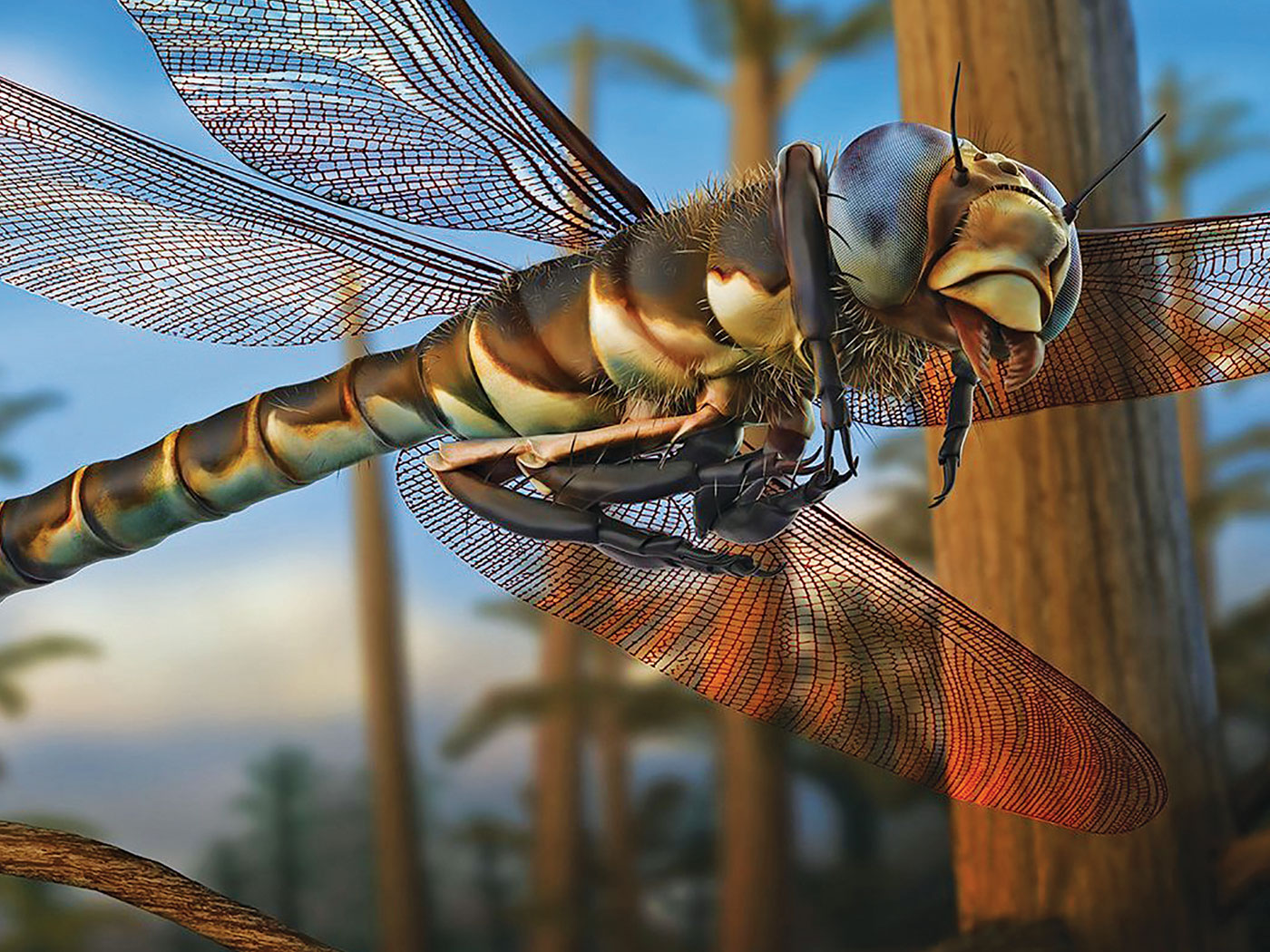Recently, evolutionists discovered “microfossils up to almost 4.3 billion years old” in Canada.1 Their article states:
“It shows that some microbes have not changed significantly” since Earth’s early times, Papineau said. Earth formed about 4.5 billion years ago and the oceans appeared about 4.4 billion years ago. If the fossils are indeed 4.28 billion years old, that would suggest “an almost instantaneous emergence of life” after ocean formation, Dodd said.1
It is significant that these fossil microbes apparently didn’t change after four billion years—but evolution implies many, many changes over millions of years. If evolution involves substantial change, then why are these ancient microfossils so similar to modern microbes?
The article states the microbes “are similar to the bacteria that thrive today around sea floor hydrothermal vents” and “hydrothermal vents spewing hot water may have been the cradle of life on Earth relatively soon after the planet formed.” This brings us to a second point: The hardy life forms clustered around today’s hydrothermal vents are called extremophiles. They can survive punishing temperatures, high pressure, and toxic chemicals. Were these the first forms of life on Earth—having been fashioned by time, chance, and natural processes? In our advanced 21st century, secular biologists are still unaware of life’s origin:
How did cells arise? Of all the major questions posed by biologists, this question may be the least likely ever to be answered.2
We should be aware that the sudden and spontaneous formation of organic life (unobserved “abiotic synthesis”) from inorganic non-life has yet to be documented either on the surface of the “primitive” Earth, or in the cracks in the ocean’s floor—the “iron-sulfur world” hypothesis. And it’s certainly never been empirically observed in a laboratory. Indeed, naturalistic philosophers despair in even defining what life actually is.3
Although evolutionists cannot define life, how it arose, or where this miraculous first-life event occurred, they maintain it somehow did so almost instantaneously! Truly, a key ingredient in this strange, secular scenario is blind faith.
Finally, the article airily stated that the oceans “appeared.” But even water’s origin is an ongoing puzzle for the material scientist. “Astronomers [are still] looking for clues to water’s origins” stated a science news website.4 It recently has been suggested water covering the Earth may have had a more local origin, “How did the Earth get its water? It seems it had it all along.”5 This is an interesting admission especially in the light of what the Apostle Paul said:
“Men, why are you doing these things? We also are men with the same nature as you, and preach to you that you should turn from these useless things to the living God, who made the heaven, the earth, the sea, and all things that are in them.” (Acts 14:15)
The biblical record is a testimony of One who made water and life, the One who was there “in the beginning....”6
References
- Dunham, W. Canadian bacteria-like fossils called oldest evidence of life. Reuters. Posted on reuters.com March 1, 2017, accessed March 1, 2017.
- Karp, G. 2013. Cell and Molecular Biology, 7th ed. Hoboken, NJ: John Wiley & Sons, Inc., 7.
- Bedau, M. A., and C. Cleland, eds. 2010. The Nature of Life: Classical and Contemporary Perspective from Philosophy and Science. Cambridge, UK: Cambridge University Press.
- Howell, E. Astronomers Looking for Clues to Water’s Origins. Astrobiology Magazine. Posted on astrobio.net March 27, 2014, accessed March 1, 2017.
- Origin of Earth’s water traced back to the birth of our planet. New Scientist. Posted on newscientist.com November 18, 2015, accessed March 1, 2017.
- Genesis 1:1.
Image credit: Copyright © 2017 Reuters. Adapted for use in accordance with federal copyright (fair use doctrine) law. Usage by ICR does not imply endorsement of copyright holder.
*Mr. Sherwin is Research Associate, Senior Lecturer, and Science Writer at the Institute for Creation Research.
Article posted on March 20, 2017.















